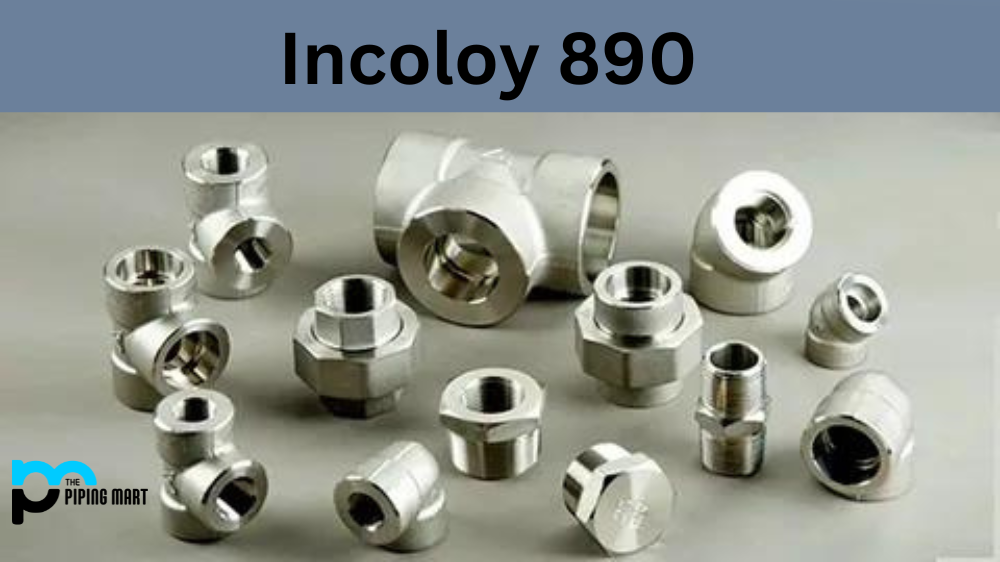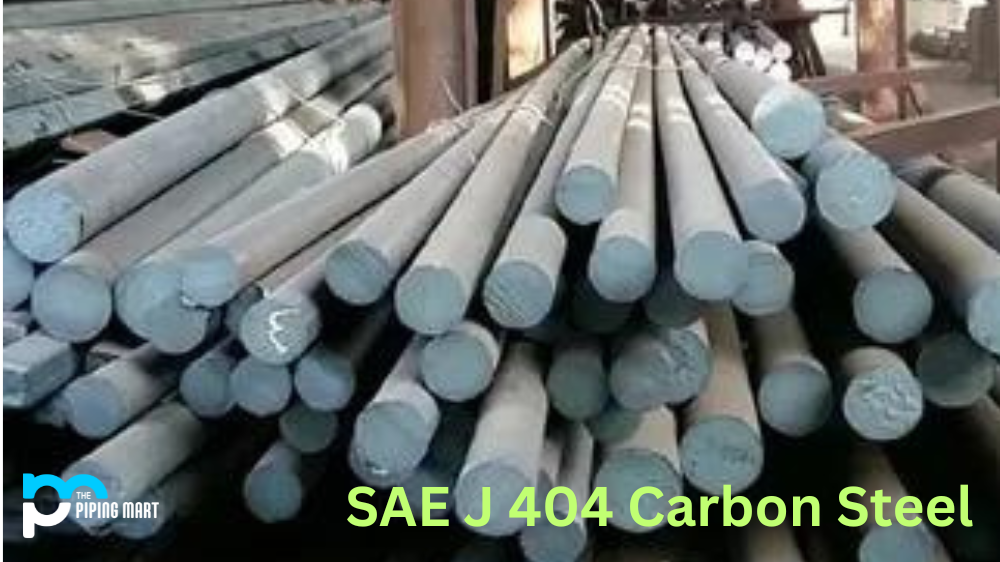Aluminum 1450 is an amazing alloy characterized by its high strength and light weight, making it useful in various applications. It has some excellent mechanical properties, such as good corrosion and heat resistance, as well as excellent machinability and weldability. Let’s take a closer look at these properties and how they can be leveraged in various applications.
1450 Aluminium Composition
Alloy 1450 is an alloy composed of aluminum (94.4%) and other elements, including magnesium, silicon, manganese, iron, and copper (5.6%). This combination makes it resistant to corrosion from air or water. In addition, the alloy also offers high levels of electrical and thermal conductivity. As a result, Aluminium 1450 can be used in many different electrical applications where these properties are desired.
| Si | < 0,25 |
| Fe | < 0,40 |
| Cu | < 0,05 |
| Mn | < 0,05 |
| Mg | < 0,05 |
| Zn | < 0,07 |
| Be | < 0,0003 |
| Ti | 0,10 – 0,20 |
| Others | < 0,03 |
| Al | min. 99,50 |
1450 Aluminium Chemical properties
Grade 1450 has a range of fascinating chemical properties. It is extremely lightweight yet hard and durable – able to withstand extreme temperatures, corrosion, and mechanical stress. One of the most impressive properties of Aluminum 1450 is its non-magnetic nature – making it perfect for use in aviation and electronics where magnetic interference can occur. Aluminium 1450 also has excellent electrical conductivity and thermal performance, making it an ideal material for heat-dissipation devices used in computers.
1450 Aluminium Mechanical Properties
The mechanical properties of Alloy 1450 make it particularly attractive for use in various industrial applications. It has an impressive tensile strength of 319 MPa (45 ksi) with a yield strength of 293 MPa (42 ksi).
1450 Aluminium Physical Properties
Aluminium 1450 has excellent fatigue strength and fracture toughness making it suitable for parts that need to withstand repeated flexing or impact without sustaining permanent damage. Its low density makes it lightweight, allowing easier handling when working with the material.
| Electrical conductivity [S*m/mm²] | min. 35 |
| Heat conductivity at 20° C [W/(m*K)] | 210-230 |
| Linear heat extension coefficient (20-100°C) [1/K] | 23,5 * 10-6 |
1450 Aluminium Uses
1450 grade is most commonly used in aerospace components due to its high strength-to-weight ratio and ability to withstand high temperatures without losing its structural integrity. Other common uses include aircraft engine parts, fuel tanks, machine parts, automotive components and even consumer goods like cookware and utensils.
Heat Treatment
Heat treatment options vary depending on the application but generally involve either annealing or quenching followed by tempering for added hardness or toughness.
Corrosion Resistance
Aluminum 1450 offers superior corrosion resistance and is ideal for applications where rust prevention is a priority. Its non-magnetic properties also make it popular in electronics and utilities. The combination of its formability, light weight, and good strength is perfect for everything from overhead power lines to automotive components. It does not require any specialized surface cleaning before welding, making it an invaluable cost-effectivity asset for many manufacturing processes. Further advantages include protection against UV radiation and excellent electrical conductivity. Aluminium 1450 is the perfect choice when corrosion resistance and durability are a must.
Heat Resistance
Aluminium 1450 is quickly becoming the gold standard in heat resistance. It is a specially formulated alloy that can withstand temperatures up to 230 degrees celsius. This makes it an ideal material for applications requiring extreme temperatures, such as cooktops and even car engines. Due to its strength and durability, Aluminum 1450 has also become popular in industries where light weight materials are needed. This versatile material protects from aircraft parts to military vehicles and beyond while staying lightweight. Whether you need something resistant to heat or strong yet light, Aluminium 1450 is one of the best options.
Machining
When machining Aluminum 1450 parts, two major considerations – cutting speed and tool wear rate – must be considered when selecting the best machining strategy for any particular application.
Welding
It should also be noted that welding requires special attention due to the potential formation of brittle intermetallics during welding processes such as gas tungsten arc welding (GTAW). Using proper filler metals can help minimize this problem while still allowing good weld quality with minimal distortion or cracking during cooling cycles after welding.
Conclusion
In conclusion, Aluminium1450 is an impressive alloy with a wide range of uses thanks to its outstanding physical characteristics such as high strength-to-weight ratio, excellent corrosion resistance and thermal conductivity, and great machinability and weldability capabilities. Whether you’re looking for a lightweight material that can handle extreme temperatures or want something durable for everyday use, this might be a perfect choice! With so many advantages packed into one alloy, Aluminum1450 could become your go-to material for all projects!
Meet Heer, a dynamic and driven writer learning tricks of her trade in the metal industry. With a background in Digital Marketing, Heer brings a unique perspective to her writing, sharing valuable insights. Apart from blogging she like reading and hiking.




